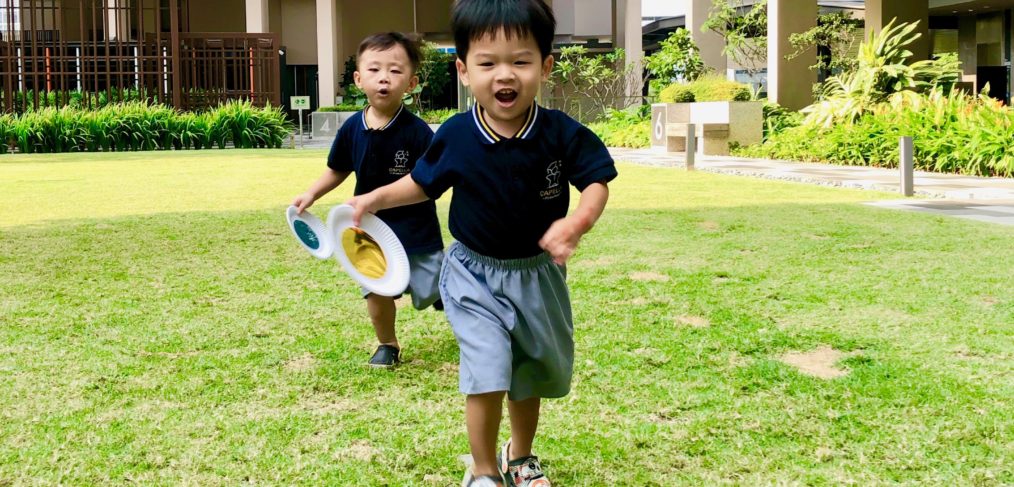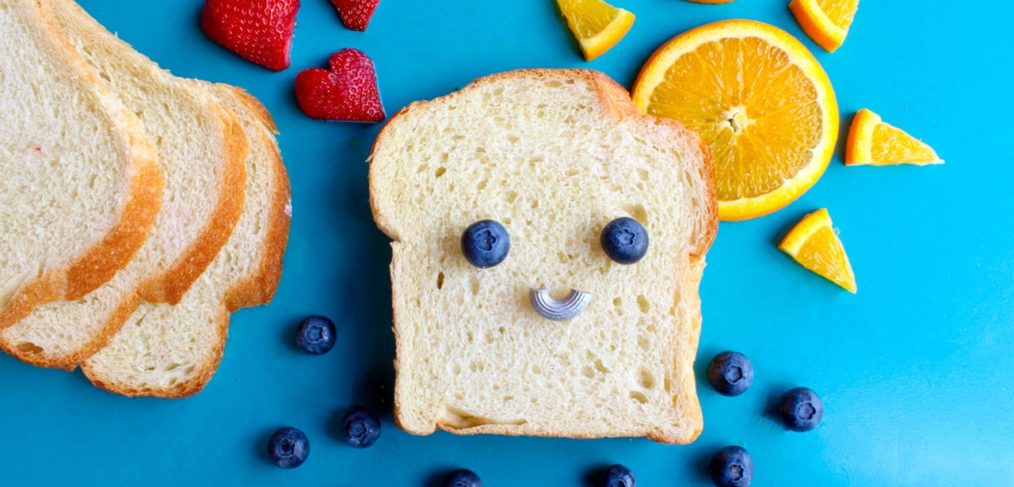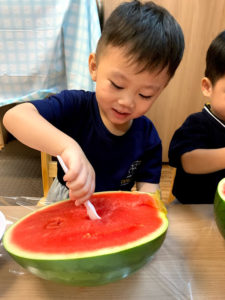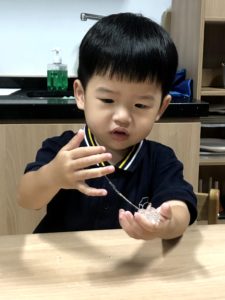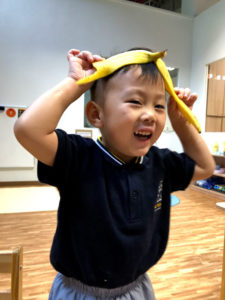We live in a digital era where the nature of our lifestyle is more sedentary. We spend the majority of our time in front of the digital screens as technology is undebatably part of our lives. While the invention of digital screens and other mobile devices is a quantum leap of this age that brings us so much convenience, there is an increasing number of researches highlighting the negative effects of it. One of the negative effects is physical inactivity which leads to poorer body coordination and obesity.
Our Children Move Less Nowadays
A study has shown that one-third of more than 70,000 young teens lead sedentary lives, spending more than three hours a day watching television or playing on the computer. (Gruthold et al., 2010). This is supported by the World Health Organisation’s (WHO) study done on global health in September 2018, stating that one in three Singaporeans does not get enough physical activity.
With this trend on a rise, Singapore’s government bodies have worked together to ensure that sufficient physical activities are catered to children to counter the negative effects that people are facing in this digital era.
Why Physical Activities are Important for Children
Physical development is one of the initial fundamental skills that is largely focused on because these are essential skills that will help them to gain strength and flexibility in the movement of their body.
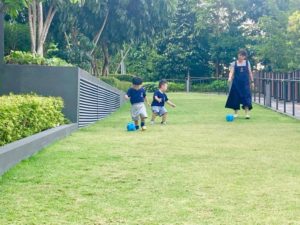

In order for children to be more skilful in controlling and coordinating their body movements, it is important that physical education is in place to provide them with opportunities and experiences to enhance their fundamental movement skills and increase their movement competencies. Given sufficient time to explore and practice, children will become more competent in demonstrating motor skills and applying these skills to prepare them to take on sports in the future.
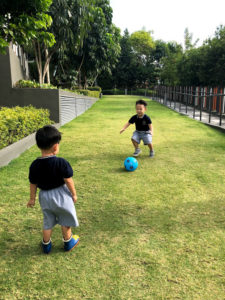
On top of that, it contributes to the holistic development of the whole child, such as promoting mental alertness, creative thinking, decision making, physical fitness, better physical coordination, self-esteem, self-confidence. Children who are competent in fundamental movement skills are proven able to participate successfully in a range of sports and more likely to assume leadership roles, as they perceive themselves positively (Teo-Koh, 2018).
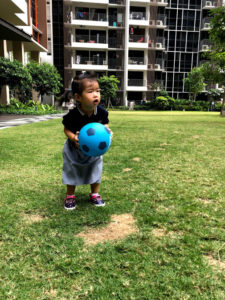
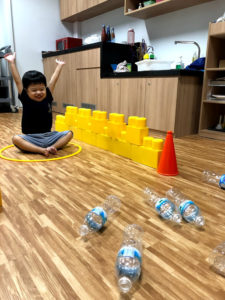
What We Can Do as Caregivers
While it may seem like children are naturally progressing in basic movement skills such as walking and running, the fact is they need guidance and practice to acquire many other movement skills, such as leaping, galloping, hopping, throwing, jumping, catching, kicking, etc. Without proper demonstrations and opportunities to practice, these movements may not be “encoded” in their brain and they may not be able to use these skills to manoeuvre in their physical environment.

It is also good for caregivers to be actively involved so as to keep the children motivated. This way, children will find joy in movement. This lays the foundation for them to continue being active and more inclined to incorporate regular physical activities later on in life.
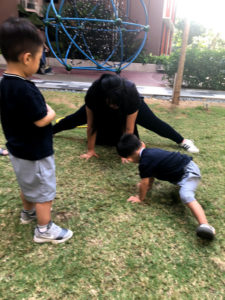
During physical activities or play, do give them guidance and ample time to keep practicing and perfecting the skills that they are acquiring. To keep their interests up high, remember to always use positive reinforcement.

Do check out our article about the benefits of cookery experiences at preschool: Cooking with Children at Schools – Why it is Important.
Happy Reading,
Capella Preschool Team
Reference:
Guthold, R., Cowan, M. J., Autenrieth, C.S., Kann, L., Riley, L.M. (2010). Physical Activity and Sedentary Behavior Among School Children: A 34-Country Comparison. The Journal of Pediatrics
Lai, L. (2018, September 6). One in three Singaporeans not active enough. Retrieved from https://www.straitstimes.com/singapore/one-in-three-singaporeans-not-active-enough
Teo-Koh, S. M. (2018). Fun Start Move Smart! Fundamental Movement Skills for Growing Active Learners. Sport Singapore.

